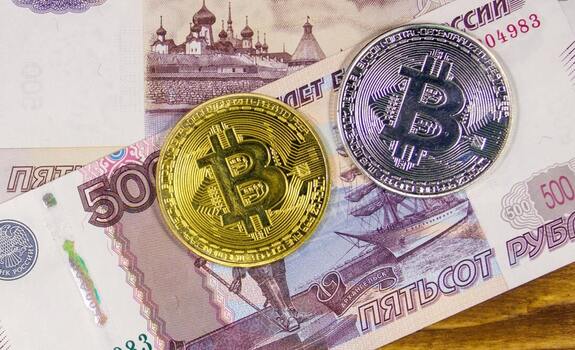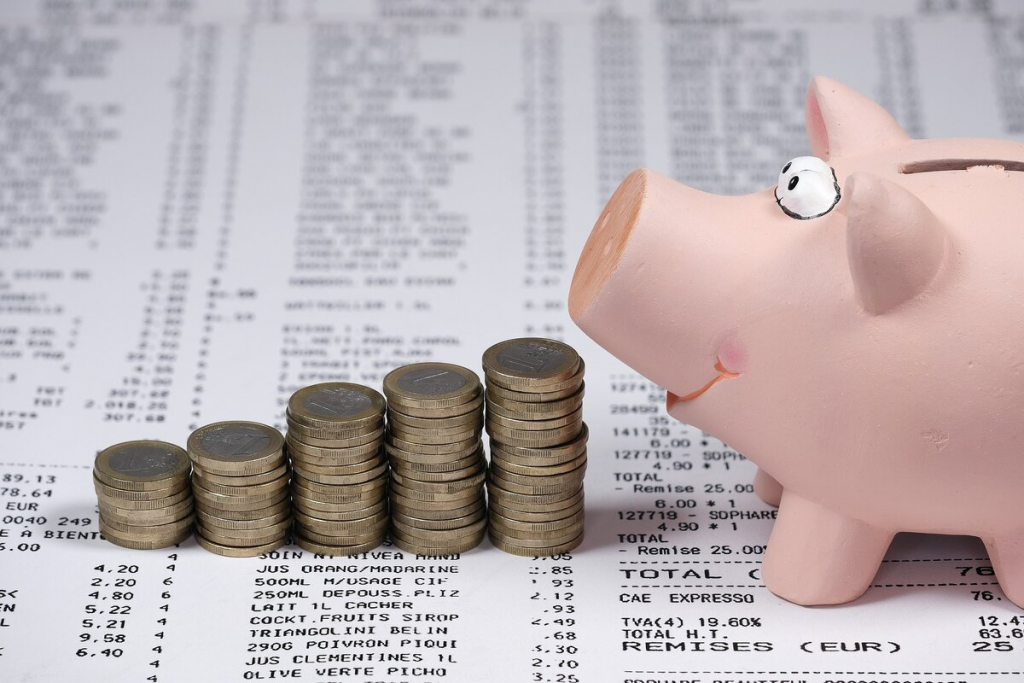Russian Companies with the Highest Dividend Yields in 2025
Investors worldwide are increasingly focusing on the Russian stock market due to its attractive dividend payouts. However, high yields do not always guarantee a stable influx of funds; it is crucial to understand the factors underlying these payments, the associated risks, and how to construct a well-balanced portfolio. In this article, we will provide an overview of the leaders in dividend yield, explain key metrics, conduct a sector analysis, examine the specifics of dividend policies and payment schedules, review financial foundations, and explore the risks of dividend cuts, as well as the tax and legal nuances, the profile of a dividend investor, and access tools. Additionally, we will propose a combination of strategies, forecasts for 2026, and an in-depth analysis of historical volatility, investor psychology, and comparison with global yields.
Top Russian Dividend Stocks
1. Gazprom
- Dividend yield: 12.5%
- Payout ratio: 80%
- Sector: Energy
- Payment frequency: Annually
Case study: Following the announcement of record payouts in 2022, the dividend yield exceeded 15%, attracting a wave of retail and institutional investors.
2. LUKOIL
- Dividend yield: 11.8%
- Payout ratio: 75%
- Sector: Oil and Gas
- Payment frequency: Semi-annual
Case study: The semi-annual payment system mitigates the impact of oil price fluctuations on yields.
3. Sberbank
- Dividend yield: 9.6%
- Payout ratio: 50%
- Sector: Finance
- Payment frequency: Quarterly
Case study: Steady growth in commission income compensates for banking risks and ensures dividend security.
4. NOVATEK
- Dividend yield: 9.2%
- Payout ratio: 65%
- Sector: Gas Industry
- Payment frequency: Annually
Case study: LNG export under long-term contracts generates predictable cash flow.
5. Rosseti
- Dividend yield: 8.7%
- Payout ratio: 85%
- Sector: Electric Power
- Payment frequency: Annually
Case study: Government subsidies and tariff policies ensure a high profit share for dividends.
Dividend Yield and Payout Ratio Metrics
Dividend Yield
Formula:
\[ \mathrm{DY} = \frac{\mathrm{dividend\ per\ share}}{\mathrm{share\ price}} \times 100\% \]
A high DY attracts attention but may signal risks associated with falling share prices or reduced payouts.
Payout Ratio
Formula:
\[ \mathrm{Payout\ ratio} = \frac{\mathrm{total\ dividends}}{\mathrm{net\ profit}} \times 100\% \]
Values above 70–80% are normal in commodity sectors, but in other industries, they indicate a risk of payout instability.
Sector Analysis of Yields and Macroeconomic Factors
| Sector | Average DY | Average Payout | Major Risks |
|---|---|---|---|
| Energy | 10–12% | 70–85% | Oil/Gas prices, sanctions, currency fluctuations |
| Finance | 8–10% | 40–60% | Credit risks, tightening of regulations |
| Telecom | 6–8% | 50–70% | High CAPEX, technological changes |
| Electric Power | 8–9% | 75–85% | Infrastructure expenses |
| Consumer Sector | 5–7% | 30–50% | Demand, currency risk |
Macroeconomic factors such as the Central Bank's key rate, inflation, and the rouble exchange rate dictate the real dividend yield for foreign investors and the ability of companies to sustain payouts.
Dividend Policy and Payment Frequency
Payment Frequency
- Annually: Gazprom, NOVATEK
- Semi-Annual: LUKOIL
- Quarterly: Sberbank
Ex-dividend date - a crucial date that determines the right to receive the next payment, usually scheduled 2-3 weeks before the actual payouts.
Payout Stability
Companies with established dividend policies aim for annual payout growth of 5-7%, which strengthens investor confidence and establishes long-term expectations.
Financial Basis for Payments and Risks
Net Profit and Free Cash Flow
- Gazprom: FCF exceeded RUB 1.2 trillion in 2024, supporting a high payout ratio.
- Sberbank: A diversified business model and moderate credit reserves ensure sustainable profitability.
Historical Volatility of Dividend Stocks
From 2010 to 2025, the average annual volatility of Gazprom and LUKOIL shares was around 25%, higher than the broad market (20%). However, periods of reduced payouts, like in 2015, showed a price recovery within 2-3 years, affirming the long-term appeal of dividend strategies.
Risks of Dividend Cuts
- A decline in commodity prices (oil, gas).
- The introduction of new sanctions that limit exports.
- An increase in debt burden and rising operational costs.
Risks and Taxation Nuances
Main Risks
- The volatility of the rouble decreases yields in USD/EUR.
- Changes in the public sector may revise payment regulations.
- Concentration in the commodity sector increases systemic risks.
Tax Aspects
- Residents of the Russian Federation: 13% personal income tax on dividends.
- Non-residents: 15% withholding tax, potentially reduced under DTA.
- Investment Accounts: Exemption from personal income tax on dividends and a 13% deduction on contributions up to RUB 1 million/year.
Investor Psychology in Dividend Investing
Emotional Traps
Dividend investors often encounter the urge to lock in profits during market downturns, leading to missed future payments. Focusing on dividend flows aids in maintaining discipline and reducing stress.
Common Mistakes
- Excessive concentration in a single company or sector.
- Selling shares before the ex-dividend date due to fear of price decline.
- Ignoring financial metrics and the issuer's debt load.
Investor Profile and Access
Dividend Investor Profile
- Objective - steady income comparable to coupon bonds.
- Horizon - a minimum of 3 years to maximise compound interest.
- Moderate risk: willingness to hold fluctuating commodity assets.
Access Tools
- Investment Accounts: Tax benefits up to RUB 52,000/year.
- Online Brokers: Tinkoff, Finives, Interactive Brokers.
- Minimum Threshold: 1-2 shares (approximately RUB 5,000-10,000).
Combination of Strategies and Forecasts for 2026
Core & Satellite Strategy
The core of the portfolio (Core) comprises ETFs that cover the broad Russian and global markets (60-80% of capital). The satellites (Satellite) consist of individual dividend stocks from market leaders (20-40%), combining stability with the potential for additional income.
Forecasts
- AI and renewable energy: investment growth up to 15% annually.
- Defensive stocks (Gazprom, Rosseti): annual payout growth of +5-7%.
- The strengthening rouble to 70 RUB/USD will enhance real yield in the investor's currency.
Practical Recommendations
Six Steps to a Dividend Portfolio
- Define goals and a time horizon.
- Take an online risk profile test.
- Select a broker with a user-friendly platform and low fees.
- Open an Investment Account for tax benefits.
- Form a portfolio based on the Core & Satellite approach.
- Monitor ex-dividend dates and financial reports of issuers.
Risk Management Tips
- Diversify across sectors to reduce concentration.
- Remain attentive to payout ratios and free cash flow - key indicators of sustainability.
- Rebalance the portfolio annually or when changes exceed 10%.
- Keep an investment journal for analysing decisions and emotions.
The Russian dividend market remains attractive due to the high payouts of its leaders but requires a comprehensive approach: analysing macro factors, financial metrics, diversification, and understanding investor psychology. A balanced portfolio and a well-informed strategy will enable the generation of stable passive income and protect capital from external shocks.




